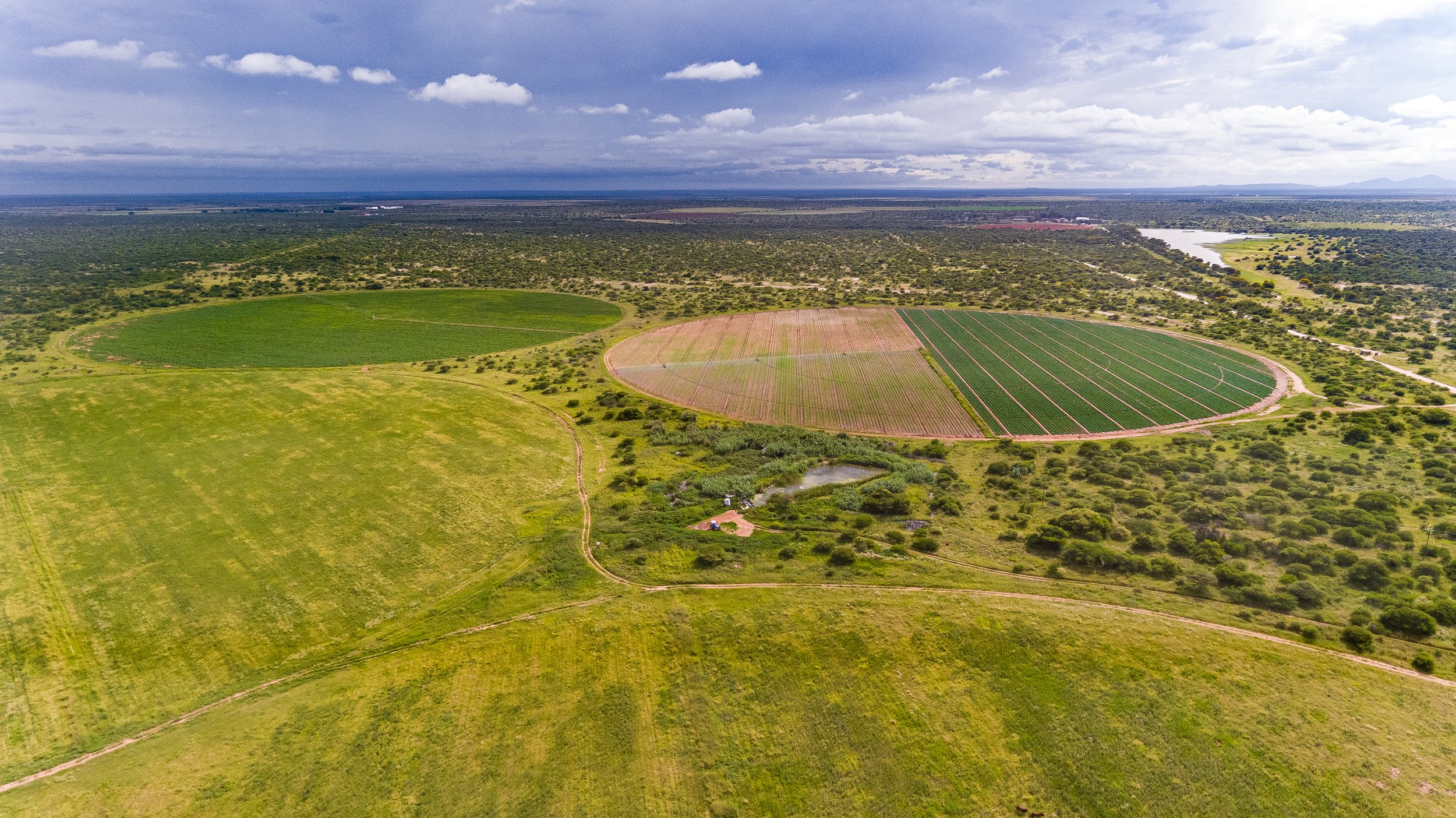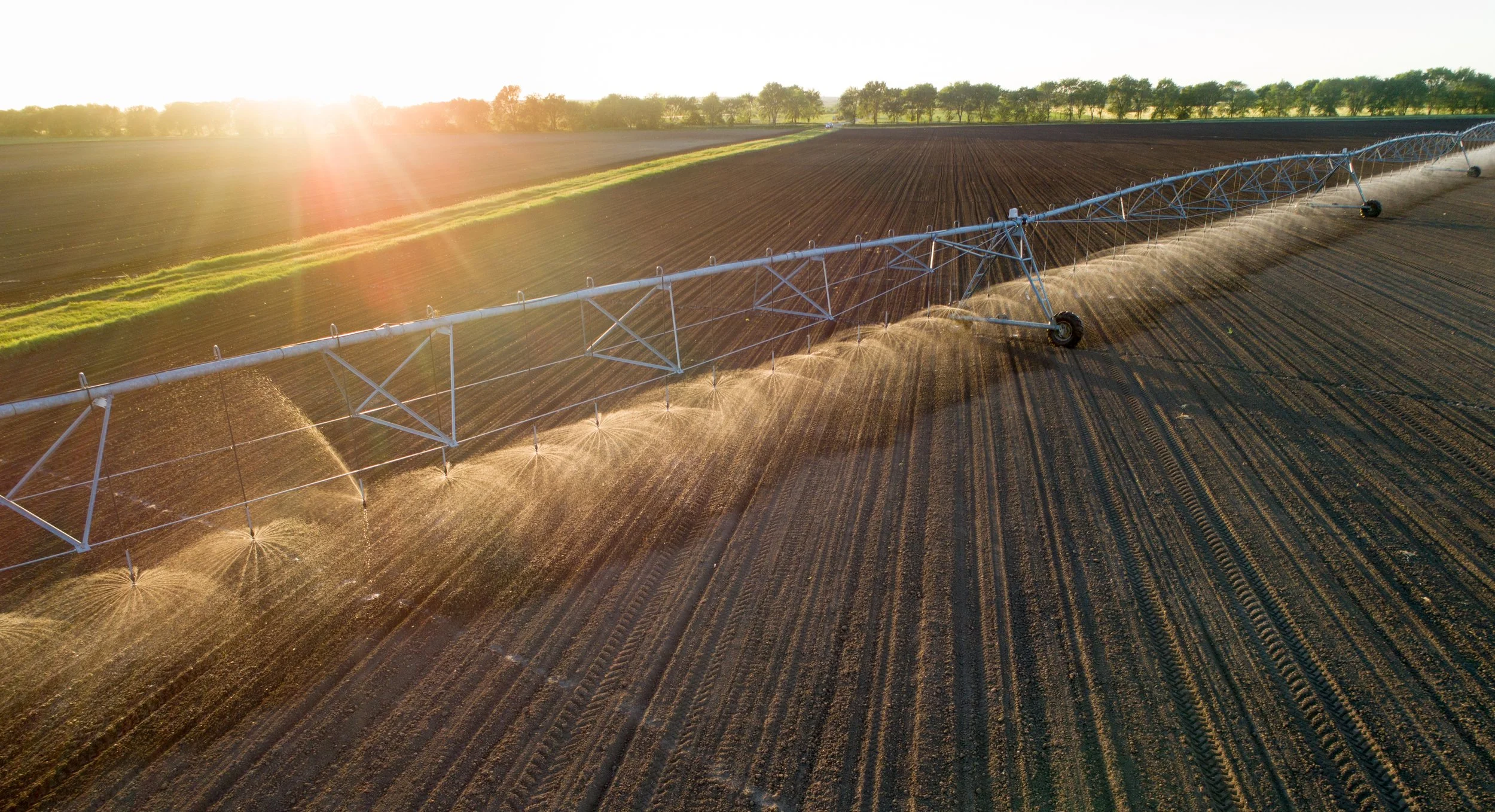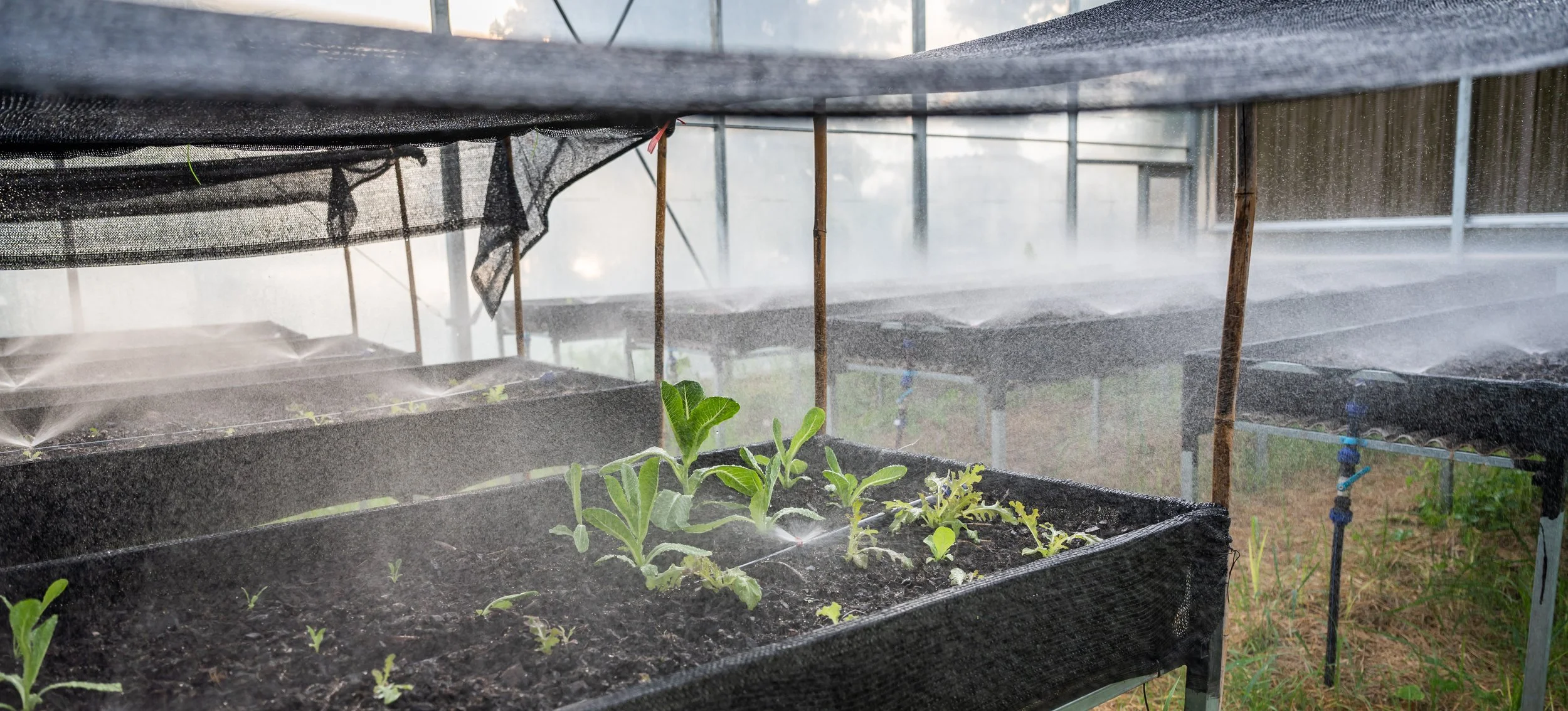
Our Services
If you have any questions regarding our services, do not hesitate to contact us.
The following services are
offered directly by JVR:
• Water Use License Applications
• Permanent and Temporary Transfers of Water Use Rights
• Screening of Properties to confirm their Water Use Rights
• Management of issued Water Use Licenses to ensure continued compliance
• Specialized Borehole Drilling
• Geohydrological Assessments
• Environmental Impact Assessments (EIA’s)
• Storm Water Management Plans;
• Dam Engineering Designs;
• Dam Safety Assessments and Applications to the DWS Dam Safety Office;
• Waste Classification Assessments
• Geological Structure Analysis
• Borehole Siting (Borehole Geophysical Surveys)
• Borehole Testing (Aquifer Testing)
• Bathymetric Dam Surveys
The following services form part of JVR’s “Turn Key” approach in which these services are provided by our external partners but managed by JVR:
• Flood Line Assessments;
• Wetland Delineations
• Aquatic Ecology Impact Assessments
• Hydropedology Assessments
• Heritage Impact Assessments
• Air Quality Assessments
• SAPWAT Calculations (Crop Water Requirements)
• Soil Suitability Assessments
Geologic Mapwork
The geologic map (right hand side) indicates contacts, fractures, and “fault lines”. All three (the contacts, fractures and fault lines) are water-bearing indications.
Contacts are where two formations come together. A fracture is a tear that has occurred as a result of a “Fault line” (fractures are indicated by black lines) and “fault line” is when a tectonic plate has shifted (is indicated by black dotted line). Water is required to flow into the crevice/shift (a narrow opening or fissure, especially in a rock or wall).
This water is under very high pressure. The formations determine whether the static water pressure is going to be high or low.
ESU
(ELECTRO SEISMIC UNIT)
This machine measures in a thousandths of a nano volt shot by an impulse, so one can see through the signal received back whether the hole is carrying water or not.
This machine indicates motion on the above given graphic. The only way the graphic lines can change direction is through water or a change in formation. The ruffles on the graphic lines are an indicator of water and/or dampness in the soil. The ruffles are a good indication of a hole that has the potential to deliver relatively good water.
FDEM
(FREQUENCY DOMAIN ELCTROMAGNETIC METHOD)
This machine measures in Hertz (Hz) indicating the porousness of the soil, which means the higher the weathering, the better the chances that water will flow through the fraction, and vice versa.
As the chart on the left hand side indicates, the photo that can be seen is just a spectrum of how the ground suffers at the bottom and the arrow is an indication of the best possible point to drill. The reason for that is precisely because the specific point is quite broad on a fault line and the weathering is also high. The spot that the arrow points to is very porous which leads to the fact that there is indeed a high possibility for water.



